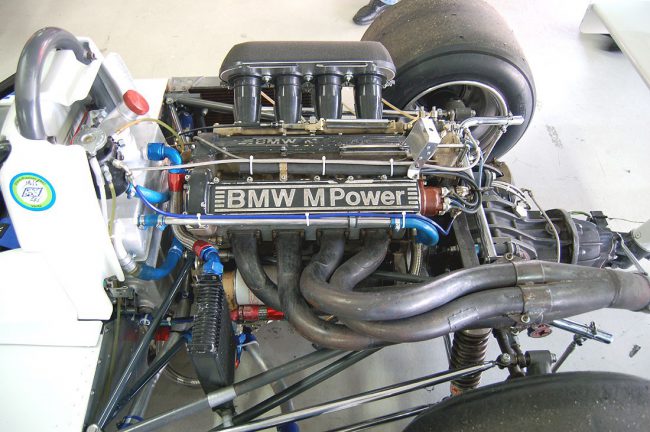
BMW N42B20 engine
Content
The in-line engines of one of the world's largest automakers, BMW, are inherently not only the quintessence of innovation and engineering audacity, but also the bearer of a long history.
Using the example of engines based on the N42B20 cylinder block, you can carefully follow what nuances Bavarian engineers paid attention to when designing engines.
Description
If you casually go through the history of BMW engines, we can conclude that Bavarian engineers carefully honor their traditions, and their innovative solutions are based on the pursuit of perfectionism. You say that an ideal motor in all aspects cannot exist? Only not for the inquisitive minds of German engineers, because they did not agree with this statement, each time breaking stereotypes about low power on small-capacity engines.
However, it is worth noting that the genius of engineering and technology did not last so long, because by the mid-90s - early 2000s, the era of marketing increasingly overwhelmed various industries, and automobile almost in the first place.
This is how engines “guzzling” oil in liters appeared, cylinder blocks that fail only due to slight overheating and other sad “technologies” that are so disgusting to many experienced car owners and car service minders.
However, the latter, this kind of technological "tricks" are not very worried, if not to say the opposite.
Let's not talk about sad things, let's better consider the chronological order of creating BMW engines of medium (by market standards) volume, namely, 2.0 liters. It was this volume, in conjunction with existing technologies, that Bavarian engineers considered almost ideal in terms of all (!) Characteristics required from it: power, torque, weight, fuel consumption, and service life. True, engineers did not come to this volume right away, but it all started with the legendary engine with the M10 index, it is with him that the whole large-scale history of in-line four-cylinder units of the BMW brand begins.
I must admit that at that time, BMW made, if not an ideal engine, then definitely one of the best in the history of the company. It was the M10 block that served as a further field for a large number of engineering solutions, which the company eventually began to introduce into its new units. There were a large number of technical variations of motors based on the M10 block, among them:
- experiments with the volume of internal combustion engines;
- experiments with cylinder head;
- various fuel supply systems (1 carburetor, twin carburetors, mechanical injection).
In the future, the M10 block began to be finalized, new technologies were “run in”, in the end, a number of engines were released, which were based on the “legendary” M10. There were a lot of technological solutions at that time, ranging from fuel supply systems to experiments with cylinder heads (two-shaft cylinder heads) and the general weight distribution of the engine and the machine as a whole. 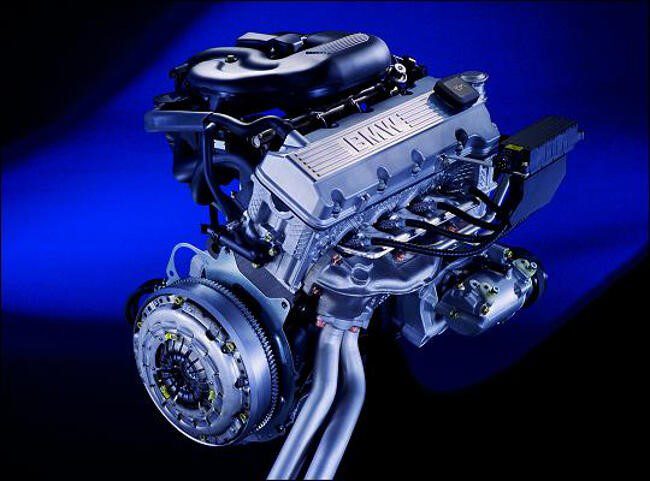 The technological list of motors, which were based on the M10 quite a lot, we give a short list in accordance with the development chronology:
The technological list of motors, which were based on the M10 quite a lot, we give a short list in accordance with the development chronology:
- M115/M116;
- M10B15/M10B16;
- M117/M118;
- M42, M43;
- M15 - M19, M22/23, M31;
- M64, M75 - export versions of engines for the US (M64) and Japan (M75) markets.
In the future, with the further creation of motors, Bavarian engineers came to the conclusion that the more thoughtful and technologically advanced M10 motor will become the successor to motors based on the BC (cylinder block) M40. And so the subsequent engines appeared, among which were the M43 and the N42B20, which was of particular interest to us.
General information and technical characteristics of the internal combustion engine BMW N42B20
Power units based on the N42B20 block were created according to all the "canons" of modern engine building. Prototype motors on this block promised a long glory for this unit, but everything did not work out as well as expected. The predecessor of the N42 was the motor with the M43 index, which “absorbed” all the best technologies tested on in-line fours:
- operation of valves by means of roller pushers;
- timing chain mechanism;
- increased rigidity and lower weight of the cylinder block;
- anti-knock adjustment (with separate operation for each cylinder);
- technologically modified pistons (with a cutout in the skirt).
Variations of engines on the N42 block, on the left - N42B18 (volume - 1.8 l), on the right - N42B20 (volume - 2.0 l).
Meanwhile, one of the main differences between the N42B20 engines and other variations on the N42 block was the appearance of a two-shaft cylinder head in combination with dynamic valve timing (due to the VANOS system) and the Valvetronic variable valve lift system. The use of all these systems and technologies made it possible to reduce fuel consumption and remove more power (compared to previous versions) from the engine, but, unfortunately, it did not add reliability.
| Year of manufacture of the power unit | From 2004 to 2012* |
|---|---|
| engine's type | Petrol |
| The layout of the power unit | In-line, four-cylinder |
| Motor volume | 2.0 liter** |
| Supply system | Injector |
| Cylinder head | DOHC (two camshafts), timing drive - chain |
| Internal combustion engine power | 143hp at 6000 rpm*** |
| Torque | 200Nm at 3750*** |
| Material of cylinder block and cylinder head | Cylinder block - aluminum, cylinder head - aluminum |
| Required fuel | AI-96, AI-95 (Euro 4-5 class) |
| Internal combustion engine resource | From 200 to 000 (depending on operation and maintenance), the average resource is 400 - 000 on a well-maintained car. |
If there is a need to know the exact marking of the engine and its identification number, then you should rely on the diagram below.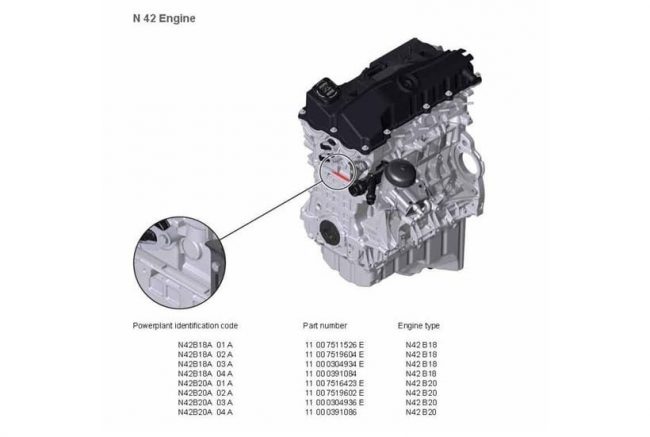
In general, the engine cannot boast of outstanding performance, especially when compared with previous generations of motors. As can be seen, the main differences are the reduction in fuel consumption and a slight increase in power. Only unfortunately, you can notice a serious power increase only at higher speeds, and even in combination with an automatic transmission, you can forget about power and fast races.
Typical sores ICE BMW N42B20
Engines based on the N42 block became almost the most technologically advanced internal combustion engines of that time. Unlike their predecessors, the Bavarians decided to complicate the design by adding 2 camshafts to the cylinder head, and the Double-VANOS system was also added to them. In fact, all the manufacturability brought glory to these motors, though not at all the one that the designers of these motors dreamed of.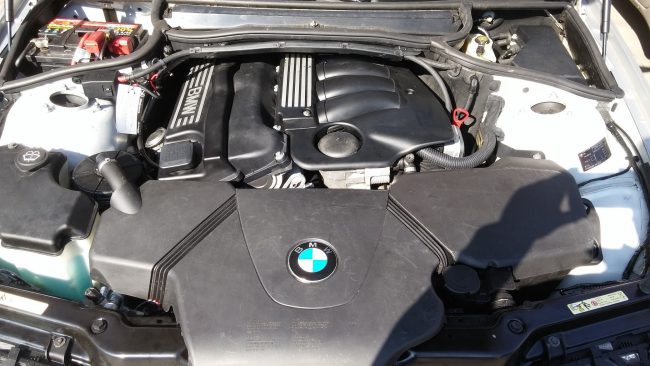
Two camshafts are great, of course, but a large set of complex technical solutions, like Double-VANOS, becomes a stumbling block. All this has a positive effect on everyday operation, because fuel consumption is reduced, but is there any sense in this? Especially in the case when cars are operated in the countries of the Russian Federation and the CIS, where the quality of fuel and oil leaves much to be desired. It becomes clear to the quick-witted reader that the use of low-quality fuel and lubricants has a very negative effect on the motor nodes. Whether the imaginary fuel economy is worth the costly repair of the internal combustion engine - let everyone answer for himself.
We, based on statistical data, will note certain nuances regarding the maintainability of these motors, but let's take it in order, because before talking about repairs, you need to know what most often breaks down in these motors. And here everything is already much more complicated, because the main problem of these engines is their overheating and strong oil coagulation.
BMW engineers set a high bar for engine temperature control - over 110 degrees, as a result - heating the oil in the crankcase to 120-130 degrees, and if you also take into account the small filling volume, then everything turns out to be very regrettable.
Hot oil cokes and clogs the oil channels, over time, the Valvetronic system drive begins to “bite”, and the Double-VANOS system actuators fail.
As a result, the engine gets a significant coking, stops breathing, and given that the above technologies are implemented on an aluminum cylinder block and cylinder head, write wasted. Many BMW owners know firsthand about the “floated” cylinder heads due to overheating, are such “technologies” needed? It is quite possible that in European conditions, with low temperatures, lack of traffic jams and high-quality fuel, these technologies would show themselves perfectly. But in the harsh Russian realities - definitely not.
If you do not touch on the serious and chronic problem of the N42B20 / N42B18 motors associated with overheating, but affect the rest of the engine components, then there are practically no weak points here, except perhaps:
- timing chain tensioner (resource ~ 90 - 000 km);
- frequent failure of BREMI type ignition coils (solved by replacing the coils with EPA);
- "zhor" oil due to breakage of valve stem seals (frequent oil changes are necessary and overheating of the internal combustion engine is unacceptable).
Swap and maintainability of the internal combustion engine BMW N42B20
The N42B20 motor cannot be called maintainable and easy to maintain, however, with proper operation, with frequent oil changes (once every 4000 km) and the absence of overheating, it can last a long time. And even if a “capital” is required by a certain moment, it is far from a fact that the current motor will have to be thrown out.
In the absence of overheating and “live” cylinder heads, the overhaul will not be astronomical, but it will definitely require investments. The situation is also simplified by a large number of non-original similar spare parts at a low price, which can extend the life of the motor for a certain period of time (depending on the quality of the spare parts).
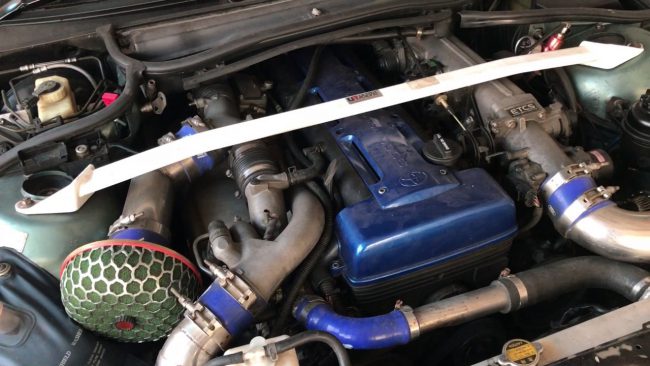 Very often, owners of BMWs with N42B20 / N42B18 engines resort to such a solution as swapping a motor for another. The unwillingness to put up with the capriciousness of the engines on the N42 block often forces many owners to replace their "stunted" four with something more powerful.
Very often, owners of BMWs with N42B20 / N42B18 engines resort to such a solution as swapping a motor for another. The unwillingness to put up with the capriciousness of the engines on the N42 block often forces many owners to replace their "stunted" four with something more powerful.
Most often, one of the main engines for a swap instead of the N42B20 are the following internal combustion engines (in-line six-cylinder):
- BMW M54B30;
- Toyota 2JZ-GTE.
The above motors do not have such serious problems as the N42B20, have more power and reliability, and are also easily tuned.
Vehicles with BMW N42B20 engines
 Engines based on the N42 cylinder block were equipped with only one BMW line - this is the 3-series (E-46 body). More specifically, these are the following models:
Engines based on the N42 cylinder block were equipped with only one BMW line - this is the 3-series (E-46 body). More specifically, these are the following models:
- BMW 316Ti E46/5;
- BMW 316i E46 (saloon and touring body types);
- BMW E46 318i;
- BMW E46 318Ci;
- BMW 318ti E46/5.

